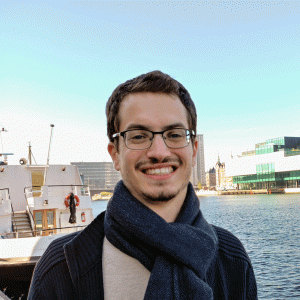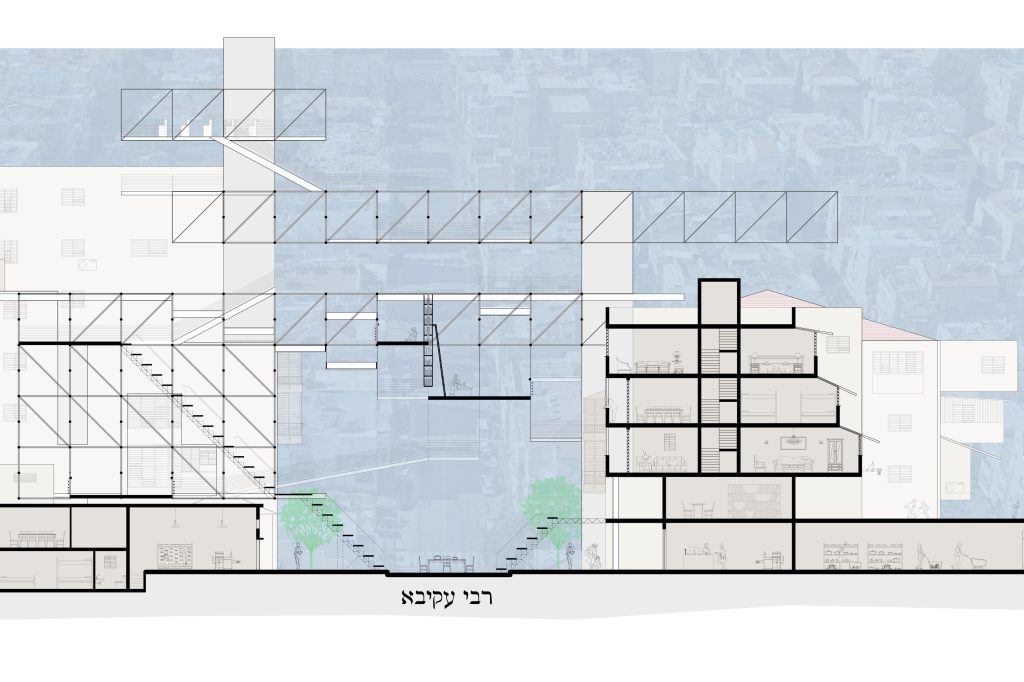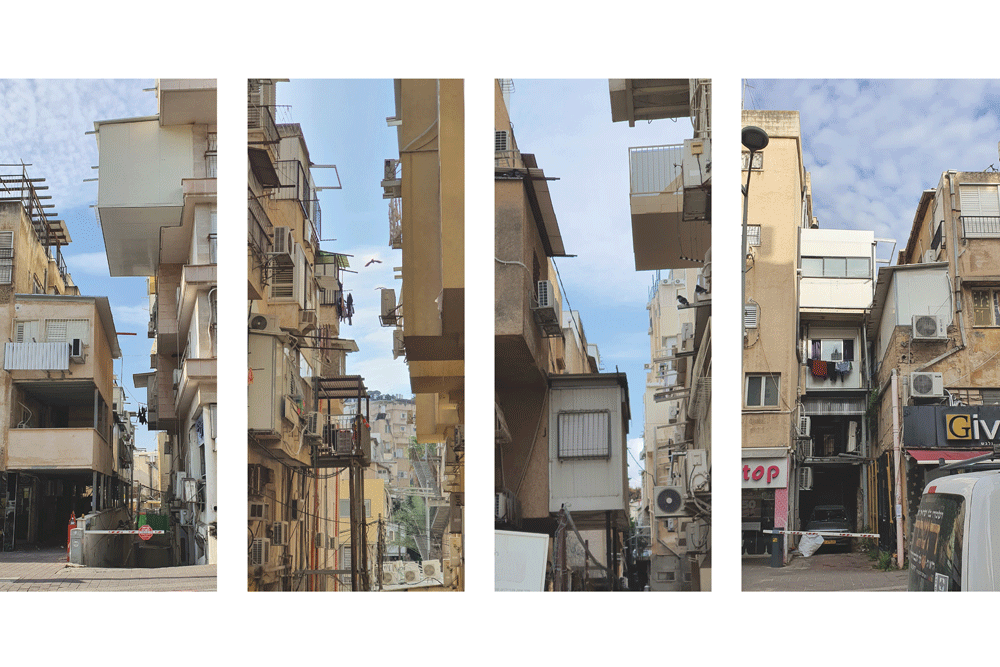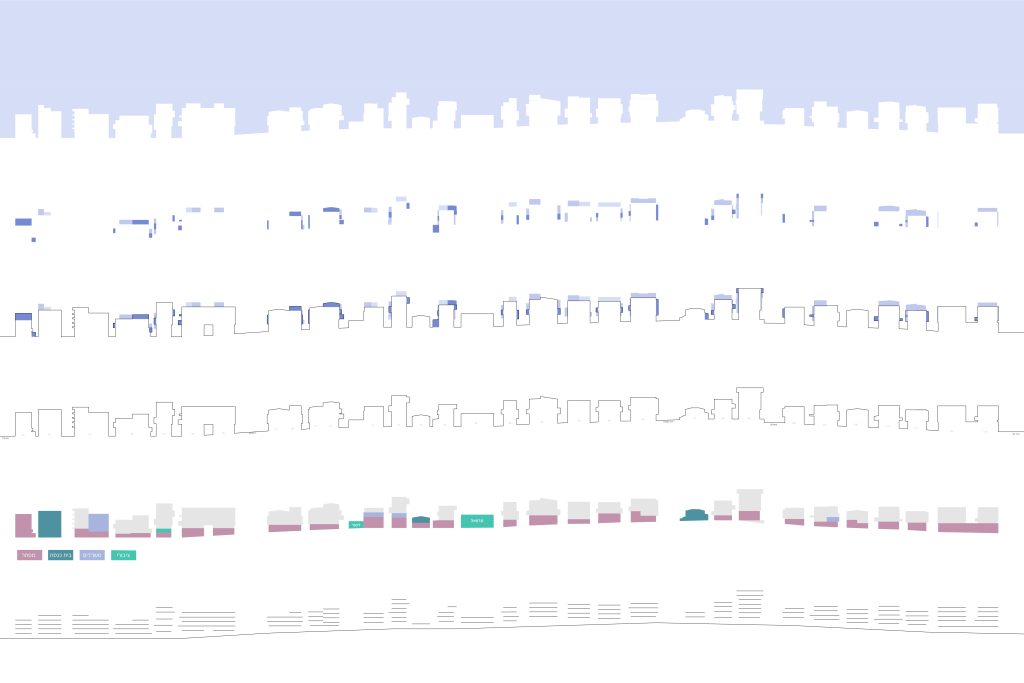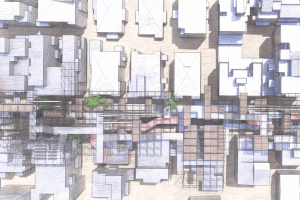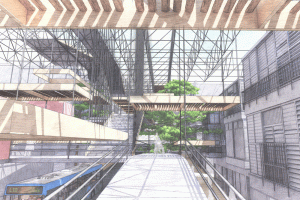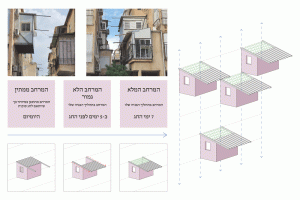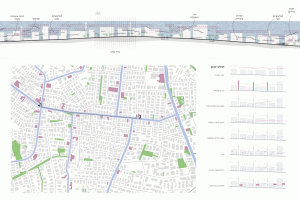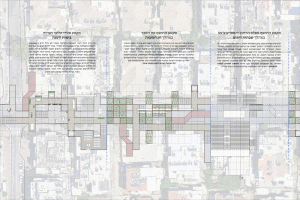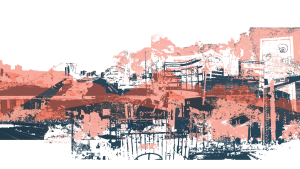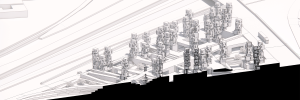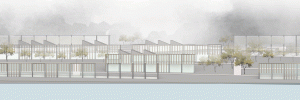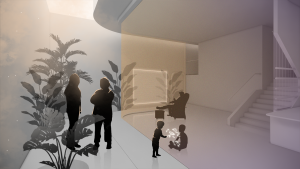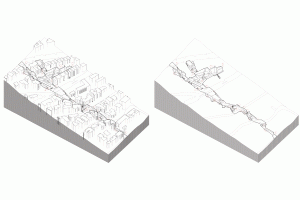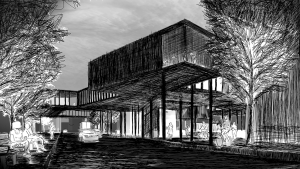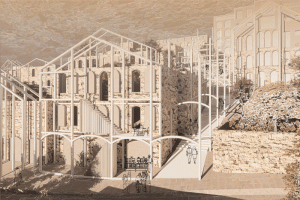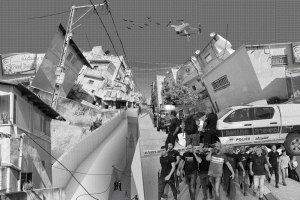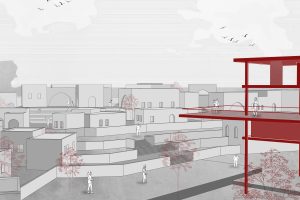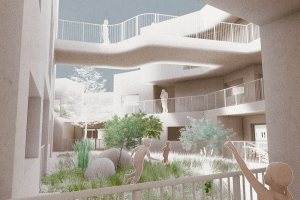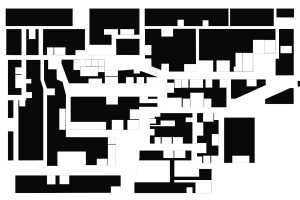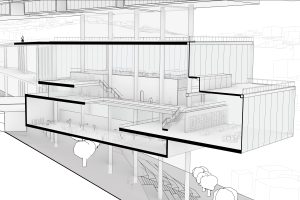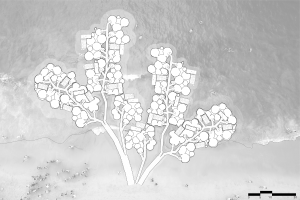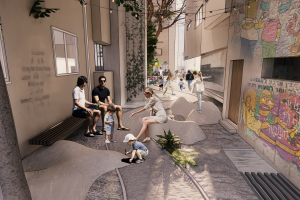Learning from Bnei Brak
The increasingly crowded urban environment leaves us with fewer and fewer open spaces. Spending time outdoors offers numerous health and social benefits, particularly in cities where apartments are small and cramped.
In this rigid urban landscape, Sukkot brings a refreshing change. Crowds, primarily observant Jews, prepare and build sukkahs, temporary structures that will be used throughout the seven-day holiday. However, the concept of the sukkah extends beyond the holiday itself, as urban spaces stand ready year-round for these temporary dwellings.
The sukkah is governed by specific laws and guided by principles that form its conceptual foundation. It is intended to remind us of the structures built after the Exodus from Egypt and the divine clouds that protected the Israelites in the harsh desert climate. However, modern sukkahs often deviate from this historical experience. Today, the sukkah is frequently an extension of the apartment—enclosed on all sides, sometimes even equipped with air conditioning. This “Americanization” of a mitzvah, which is meant to highlight the fragility of existence and the unpredictability of nature, has diminished its spiritual meaning. Moreover, the sukkah has undergone significant privatization, with individuals constructing their own sukkahs in private spaces. In crowded urban areas, these sukkahs may be very small, often unable to accommodate all family members or guests.
The sukkah space I have designed challenges the notion of the “Mirpeset Sukkah” (balcony sukkah) and seeks to return the sukkah to its original conceptual purpose, rooted in its meta-halachic foundation. This design emphasizes the act of “going out” into the open air, reinforcing the communal and public dimensions of the sukkah. By implementing this design in Bnei Brak, additional local challenges—central to ultra-Orthodox life—will also be addressed, particularly the scarcity of open spaces and the encouragement of outdoor socializing.
The project’s highlight will be municipal holiday feasts held under a single s’chach (sukkah roof) in the city’s bustling public spaces. With large communal tables, these events can accommodate many participants and have the potential to draw new visitors, including those who are not typically part of the ultra-Orthodox community.



